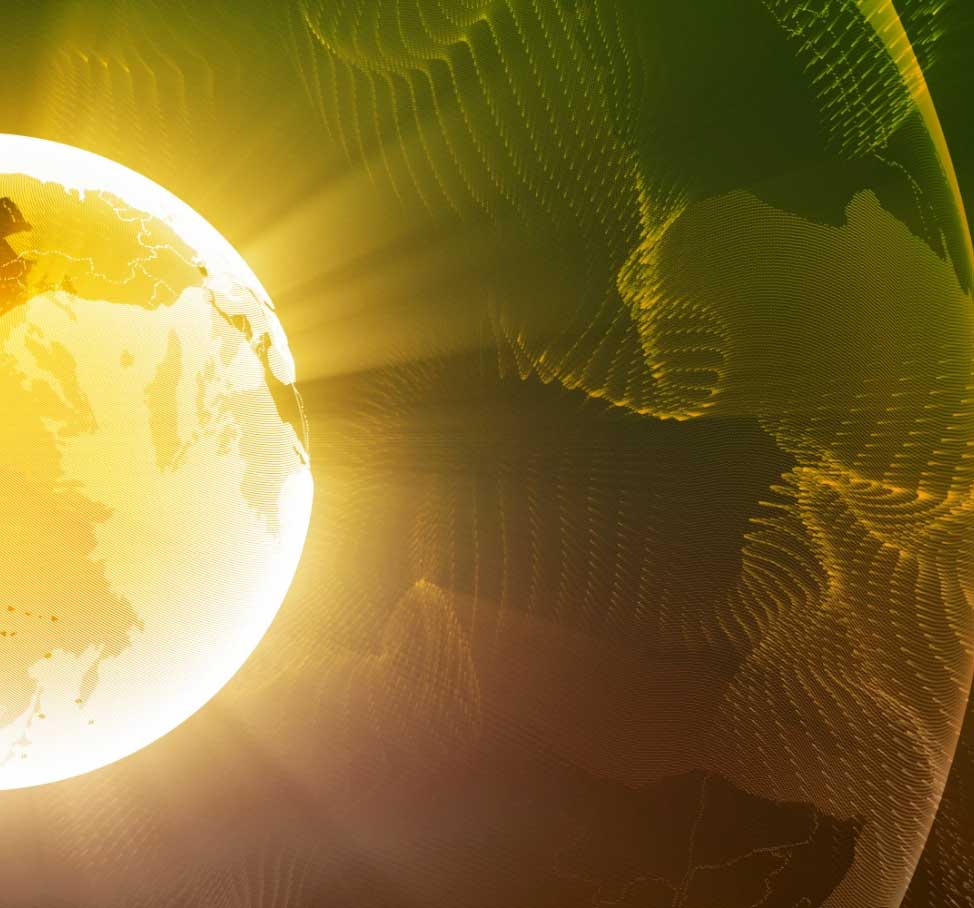As the six of us–three school friends and our families– reuniting after many decades, watched with wonder and amazement at the barren and desolate mountains and some icy peaks further away, our driver was fully focused on the road ahead. He had the tough task of negotiating the treacherous curves, sudden turns, pebbles and the boulders that had littered the last few miles of our journey.
A JOURNEY, PANGONG LAKE, AND SOME FOND MEMORIES
The journey to the Pangong Tso Lake in Ladakh, some 4,350 m above the sea level, is a visitor's delight and a driver’s nightmare.
Dr Vishwanath Bhattacharya, a surgeon in UK, and Abhijit Majumdar, a senior banker with the State Bank of India, had been my friends at St Columbus School and it was the doctor who had insisted on making this trip to rekindle some old memories and enjoy the spectacular view of the mountains. However, his plan of having a drinking session did not materialise, and the expensive whiskey bottle had to return to Delhi, unopened.
We had been on the road for nearly six hours after taking pit stops to soak in the beauty of the place– miles and miles of barren land, long, winding and dusty roads, snow-clad peaks and melting glaciers with stalactites and stalagmites –transporting us back to our school geography classes. On our way, we had also crossed the Chang La, a mountain pass 17,800 feet high, that is said to be the third-highest in the world, some small desolate villages and watched some horses and yaks grazing in a marshy land. It was our privilege to give way to large army convoys guarding our borders, and groups of bikers racing to reach their destinations.
We had been waiting for hours with bated breath to see the dazzling Pangong Lake, having already read up enough of its history and geography. Yet, the first sight of the lake, as we turned the last curve in the road and drove down to the lake’s sandy beach, was nothing short of heaven on earth, to say the least. The shimmering blue water of the largest lake in the Himalayas with an army boat patrolling its waters was a sight to behold, an image to capture, that will forever be etched in our collective memory. Moreover, the changing colours of the water in sync with the movement of the sun was a sight fit for the Gods. It was difficult to take your eyes away from the vast mosaic of myriad shades of blue and the quietness of the place.
Any plans of taking a sip or even dipping our toes in its pristine waters soon came to a naught because of the freezing water and its salinity. Since the flow of the lake is terminated before reaching the ocean the minerals and salts are retained in this lake making it saline.
We had been beaten to the lake by a large crowd of people, mostly Gujaratis and Bengalis, who were busy enjoying themselves, getting themselves photographed next to the lake, to ensure that they take home their best memories of the trip. Others wanted to be a part of the popular Hindi movie “3 idiots” by sitting in the yellow scooter or on the customised seats. We too soon joined in the reverie trying to capture the beauty of the lake through our mobiles, but more importantly, through the lens of our eyes and minds so that these images can live forever with us.



















































